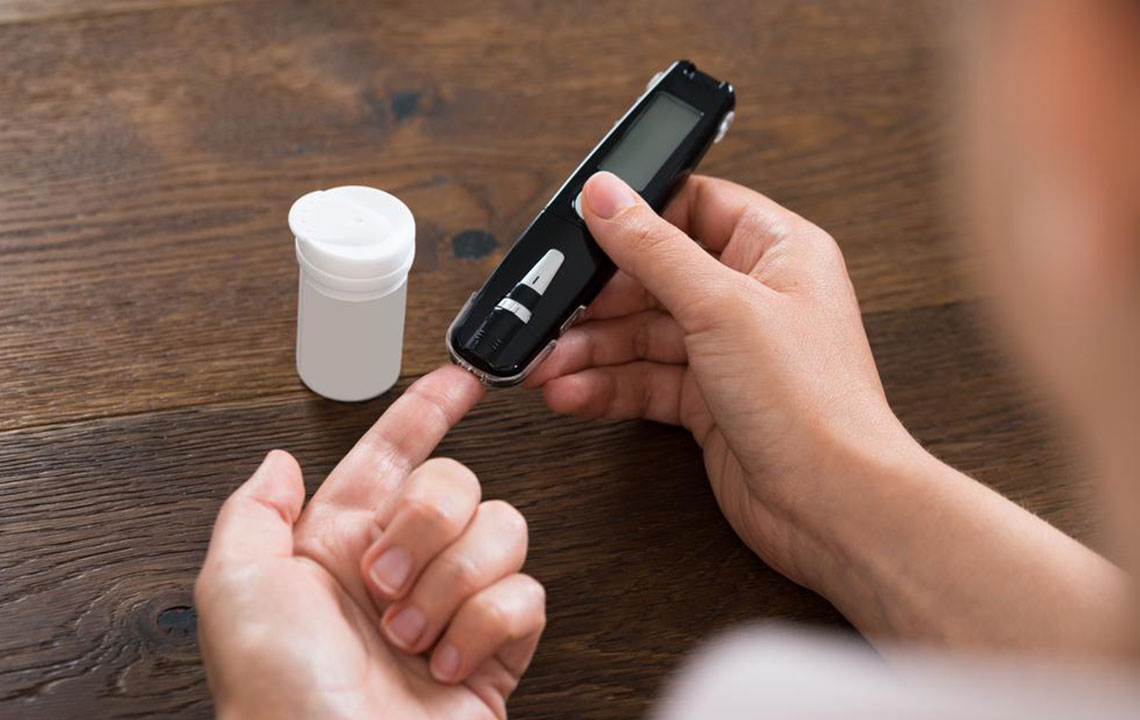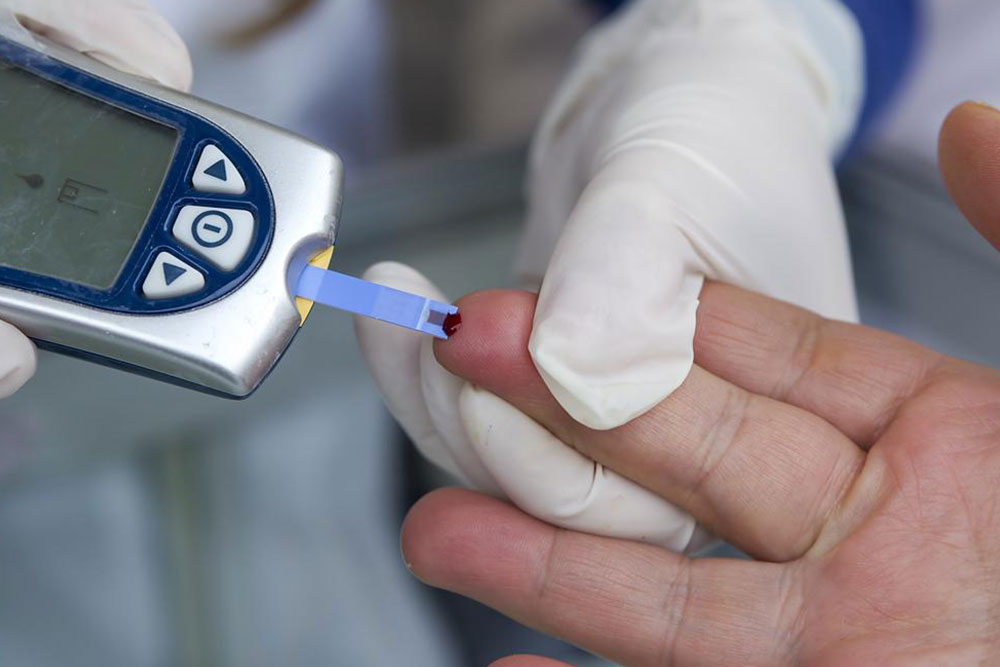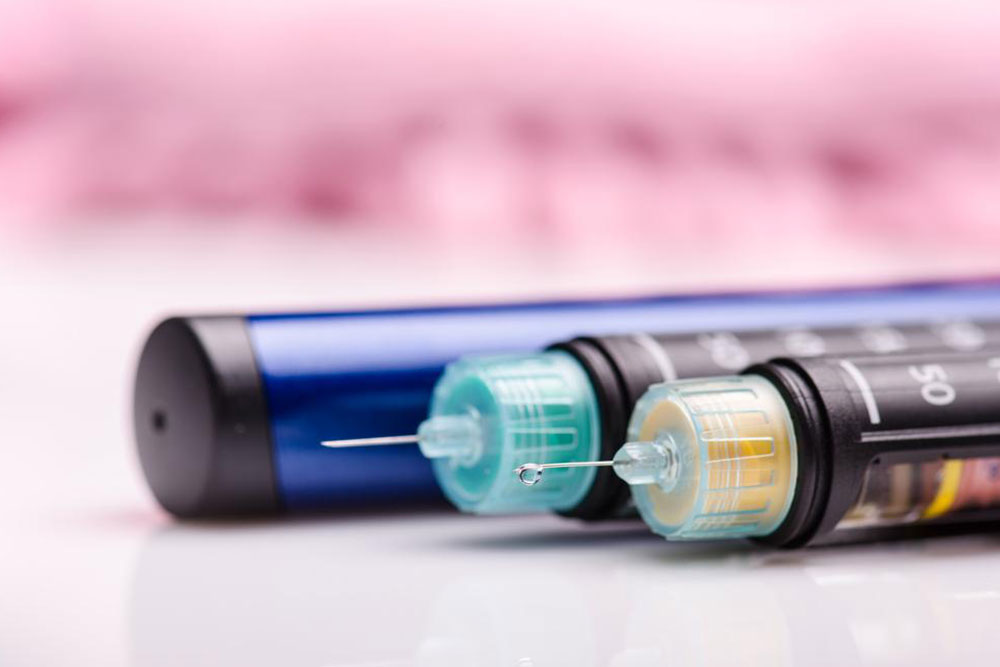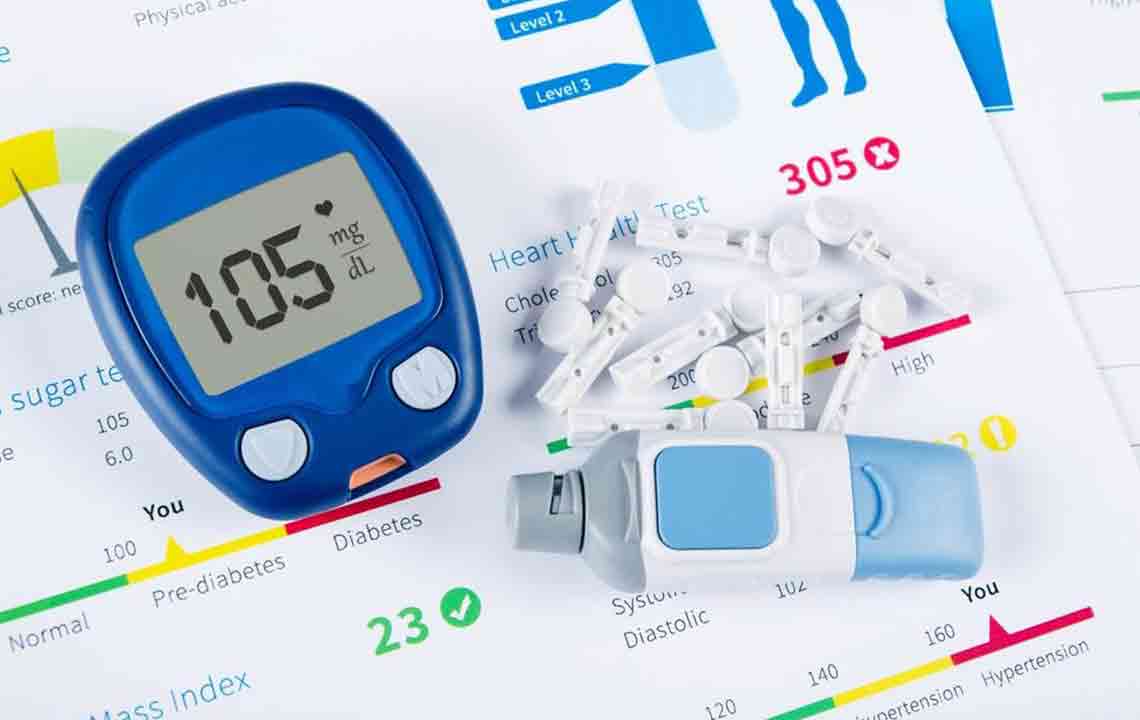Comprehensive Guide to Specialized Diabetes Support Initiatives
Explore the essential aspects of the Special Diabetes Program (SDP), including its two key components and their roles in fighting diabetes. Learn how these initiatives support research, awareness, and innovative treatment options for managing and potentially curing diabetes. Updated regularly, SDP offers hope through collaborative efforts, advancing solutions for communities affected by diabetes worldwide.

Comprehensive Guide to Specialized Diabetes Support Initiatives
Diabetes remains one of the most widespread lifestyle diseases of our time. Many organizations, forums, and communities actively promote awareness and treatment options. A key effort in this regard is the Special Diabetes Program (SDP), initiated by the federal government to assist individuals managing diabetes.
This program aims to improve prevention, treatment, and potential cures for diabetes. Updated every two years with the latest medical advances, these programs ensure that diabetes care remains current. For detailed information on these initiatives, keep reading.
Core Components of the SDP
Two main segments are essential within the Special Diabetes Program:
• SDPI or Special Diabetes Program for Indigenous Communities: Launched in 1997, this segment addresses diabetes as an epidemic within Alaska Native and Native American populations.
• SDP-type1 or Dedicated Funding Program for Type 1 Diabetes Research: Focused on combatting autoimmune responses that often threaten those with type 1 diabetes, this part supports research aimed at halting these attacks.
While the SDPI primarily operates through the Indian Health Service (IHS), the Type 1 program is managed by the National Institutes of Health (NIH).
Goals of the Special Diabetes Initiatives
These programs are instrumental in raising awareness about diabetes, while also providing crucial environmental research insights. Such studies enhance clinical trials for new medications, explore genetic factors, and develop innovative methods for insulin delivery and real-time blood glucose monitoring. Thanks to these programs, groundbreaking collaborations and research efforts have emerged, paving the way for more effective management and potential cures for diabetes.
Overall, the initiatives foster a multidisciplinary approach that promotes ongoing research and innovative treatment solutions. They serve as a foundation for global efforts to understand and combat diabetes more effectively.









